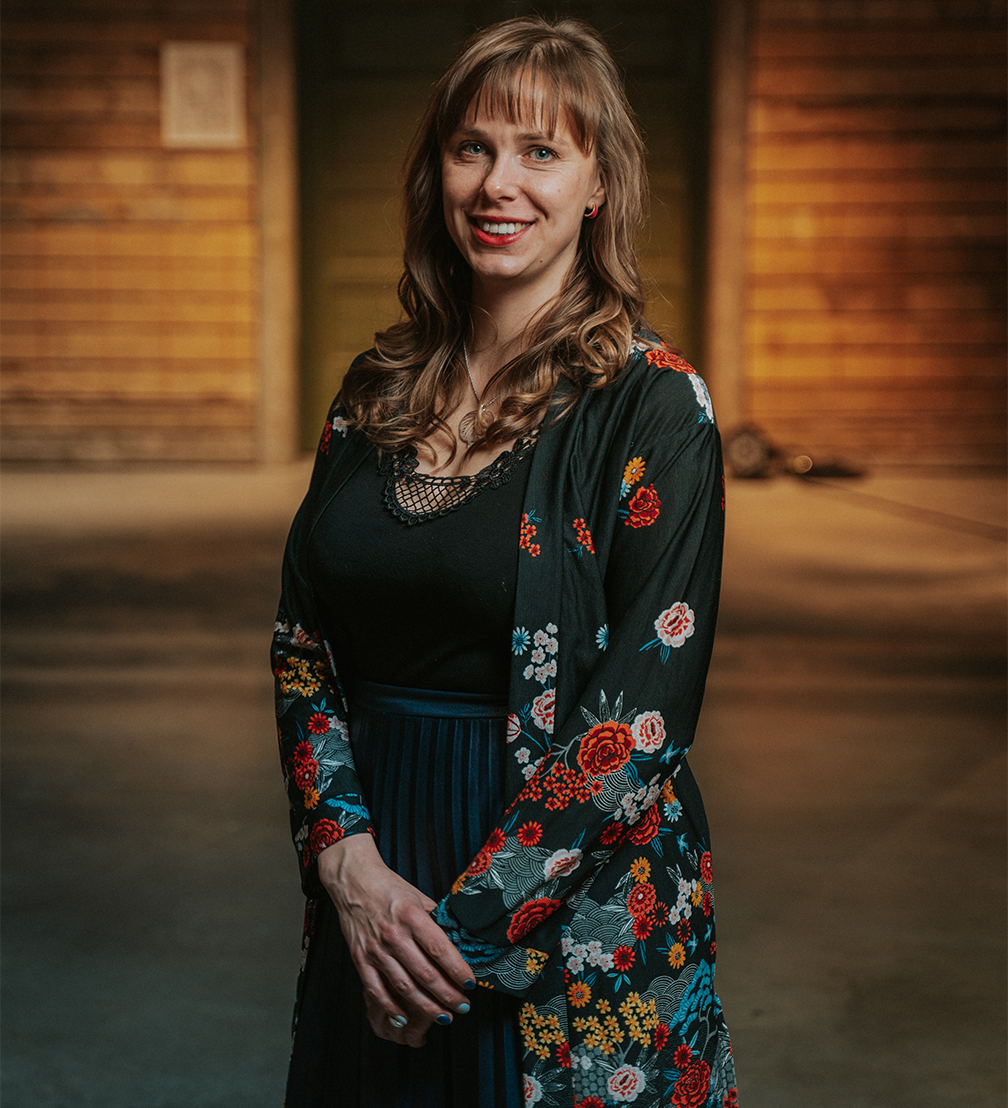
At the end of March, the arena of Rīgas Cirks (Riga Circus) will open with a rich programme of events. Although many have already visited the renovated building, the arena has only now been fully equipped. This is yet another step towards the development vision of Rīgas Cirks, outlined by Māra Pāvula, the circus CEO. In our conversation with her, we talk about the renovated building and the artistic and social potential of the circus.
How has Rīgas Cirks settled in the historic building?
I would say that we are through the honeymoon phase. Of course, coming back to the circus building was very exciting, and after the opening, there was a kind of sadness because the goal of building the circus had been achieved and a certain stage in the development of the circus had come to an end. I was used to meeting the architects and the builders and working with them. When the renovation was finished, suddenly the circus team was smaller.
The reconstructed building is fantastic and offers great opportunities, but as with any time when you start a new life together, it took some time to adjust to the new circumstances. We also had to remind ourselves that the renovation of the circus was actually an energy efficiency project. At the beginning, we had no furniture or toilet facilities, but we had already scheduled sixteen performances. Now, we have lighting and sound systems, movable seating, and acoustic curtains, which allow us to furnish the space for different needs. With every event, we learn and understand the renovated building better.
How did your cooperation with NRJA, the authors of the reconstruction project, go?
In fact, there were two second prize winners and we chose to work with NRJA during the negotiation process. Our cooperation was close and we had discussions all the time on how to better address the needs of circus artists, staff, and visitors. We brought in experts from all over the world and spent dozens of hours in discussions to figure out exactly what the air suspension system should be. The architects were very open and the project was flexible. They were always looking for new solutions and ways to reuse existing materials. As this was an energy efficiency project, we did not have an interior project, but what we got is aesthetically pleasing. NRJA ensured that, through the energy efficiency improvements, we have an arts centre that is ready to welcome the public. They served the needs of the arts, not their own architectural ambitions.
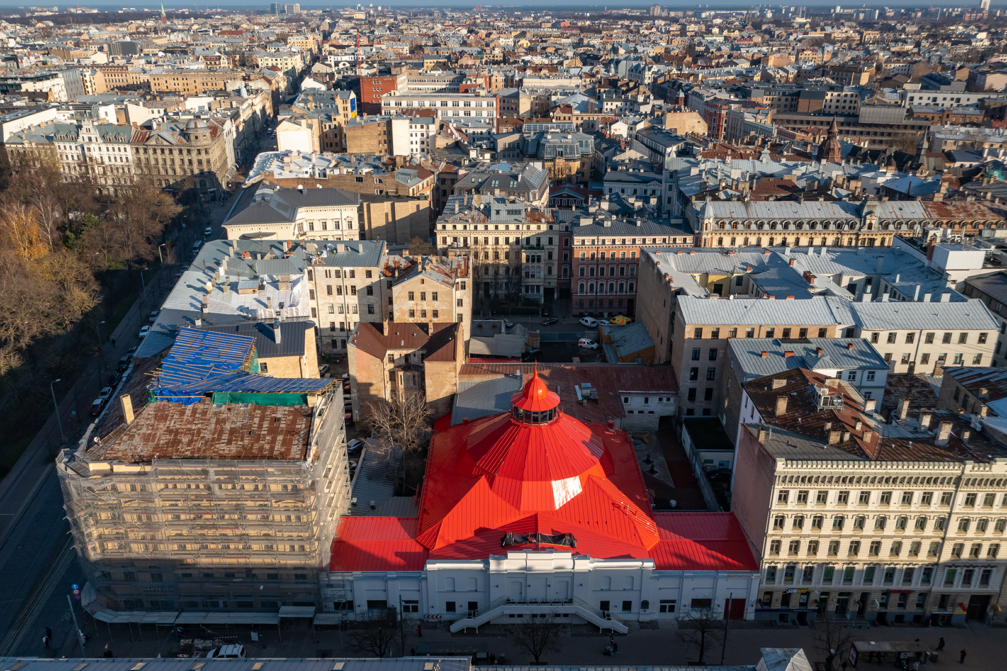
There aren’t many circus buildings in the world. In that sense, Rīgas Cirks is quite unique.
Yes, there aren’t many circus buildings. For example, in France, there were forty-three circus buildings. Now there are nine left, and only three of them are used for circus. There were a lot of circus buildings in Germany, but almost all of them were bombed during the Second World War because they looked like military bases from above. I might be mistaken, but I think there were six circuses with 3 to 6 thousand seats in Berlin alone. At the beginning of the century, the circus was extremely popular there. For example, it is reported that the Berlin Theatre Association petitioned the city to ban circus shows with a storyline to discourage competition. If the public could go and see a show either with or without acrobatic elements, the choice was clear.
There are circus buildings all over Europe, but they have mostly been converted for other uses. Rīgas Cirks is the oldest building in Europe that has always been a circus. That’s why I really like NRJA’s approach of not restoring the building to one particular period but preserving what is valuable and interesting from each era, revealing what the circus looked like at different times.
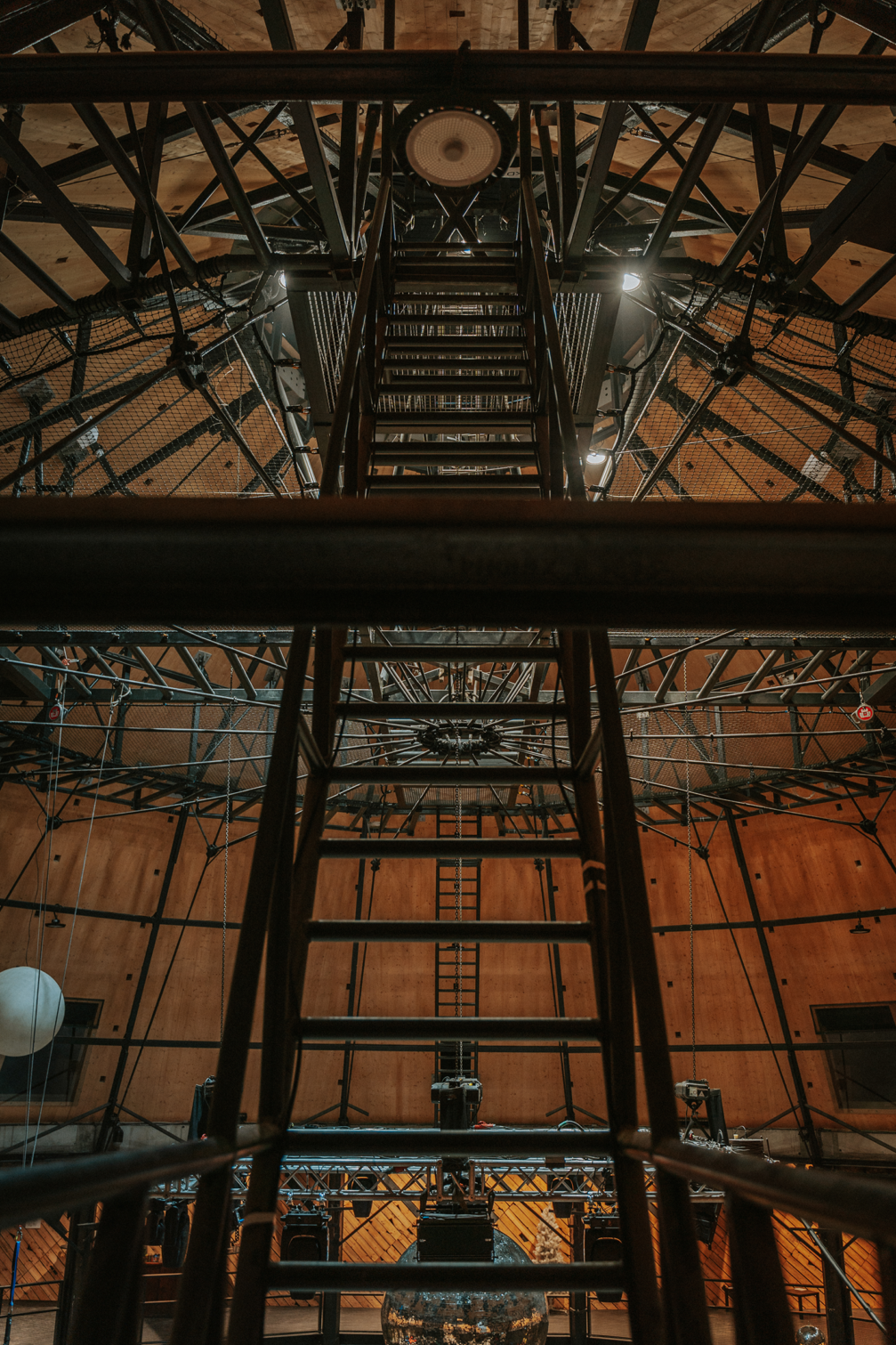
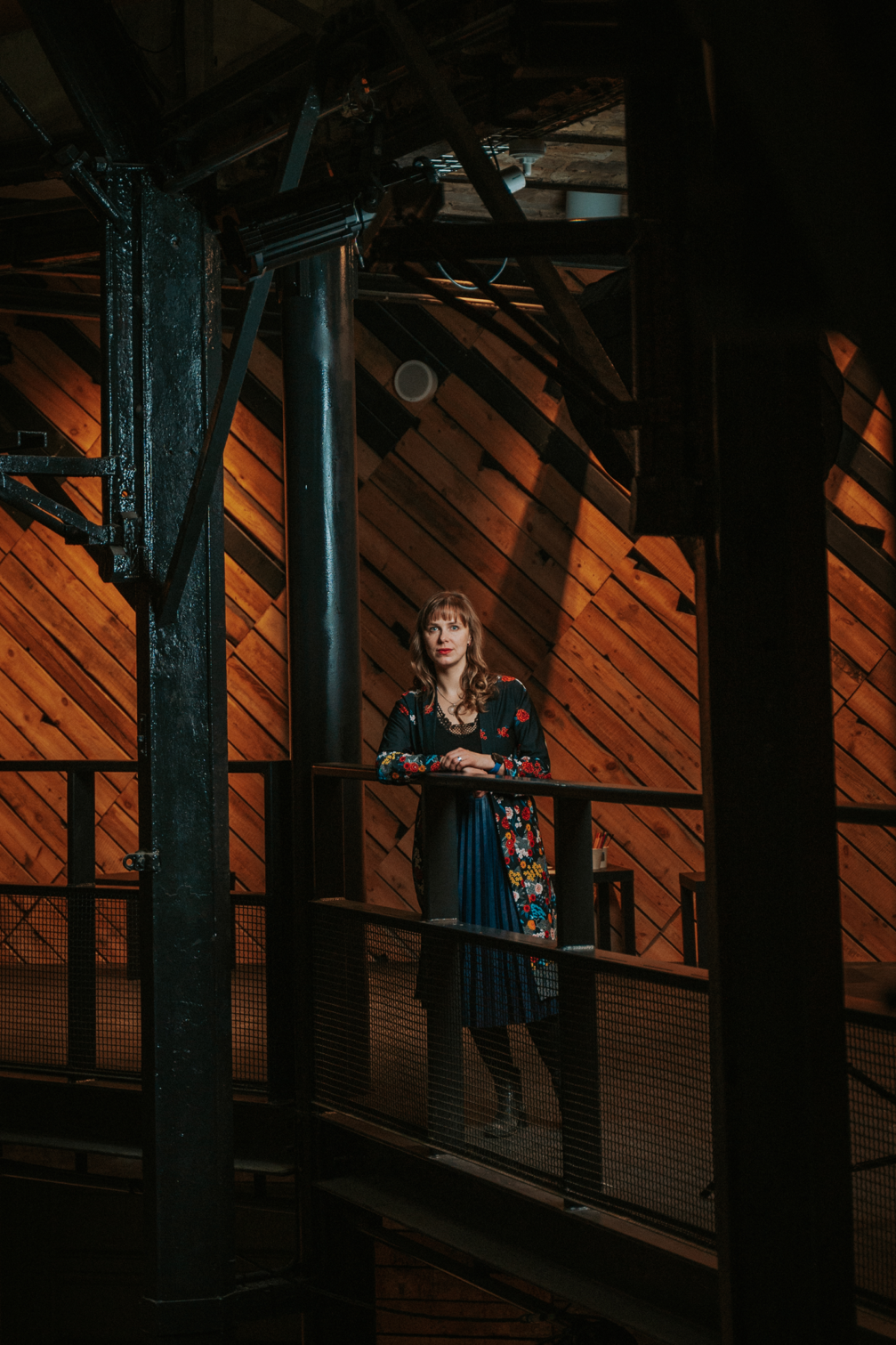
The reconstruction of the building is not the first major change that has taken place in Rīgas Cirks. Since 2017, Rīgas Cirks has been a contemporary circus. I suppose that some of the expectations people have when they come to the circus are also linked to memories of the traditional circus. What are the biggest differences between traditional and contemporary circus?
The main difference is that traditional circus is a commercial entertainment genre, while contemporary circus is an artistic genre. I don’t want to scare people away. It’s not that contemporary circus shows can’t be entertaining, but they are based on the artists’ desire to communicate with the audience and convey a message. In traditional circus, families passed down acts from generation to generation that were technically perfected, but in contemporary circus, showing the virtuosity of the artists is not the objective in itself. Virtuosity is just a means to tell a story.
There are also many differences in format. Contemporary circus artists create original performances by teaming up with other like-minded artists and performing them around the world. Traditional circus performances are based on acts: the circus director selects performers, who are arranged in a specific pattern and performed for, say, three months. A permanent circus troupe is a bit of a myth because people don’t want to see the same acts over and over again. That is also the reason why Rīgas Cirks will not have its own troupe. We cannot hire twenty people, make them do ten shows a year, and expect them all to have something to say together. We want the circus to bring certain values to society and invite people to think. I believe that circus has this potential because it is a non-verbal art that can speak to all kinds of people. In his book on the semiotics of circus, the researcher Paul Bouissac theorises that circus affects our mirror neurons, the brain cells that react to things happening, whether we are doing them or just observing them. Watching an acrobat perform tricks makes our mirror neurons feel strong and masterful. In fact, we are not watching the circus but experiencing it, feeling it physiologically. We know that only experience can break down prejudices, and that is why the circus can speak powerfully about the values of society.
With the introduction of contemporary circus in Riga, the Circus School was founded. I have the impression that it is very popular among children and adults alike.
We started with one group on Saturdays. Now we have classes six days a week, two or three times a day. I would like to do more, but we don’t have enough space and coaches. There are students who have already reached a very high level, and we try to support them in their professional path, but this is not an aim in itself. The purpose of a circus school is to allow everyone to develop both their physical and creative sides in a safe environment. Classes are not based on competition or the ambitions of the coaches, but on collaboration. There are children who say they don’t like sports, and circus school offers them the opportunity to be active. Because in circus, you don’t do sports — you just do a cartwheel, you ride a unicycle. At school, they give marks in sports lessons, they compare children with each other. In the circus, it’s easier — you might be a very good aerial acrobat, but I can invent a different movement language. Besides, kids have a specific goal to reach. If you can’t climb a rope, you realise that you need to train your arms, and even those who don’t like sports will train.
My views on education come from my experience doing artistic gymnastics as a child. These are things not to do. It was an extremely toxic environment. The legs of gymnasts, 6 to 11-year-old kids, were stretched to the point of screaming in pain, we were scolded, hit with sticks, called stupid goats and fat cows, we were told not to eat in the evenings in order to lose weight.
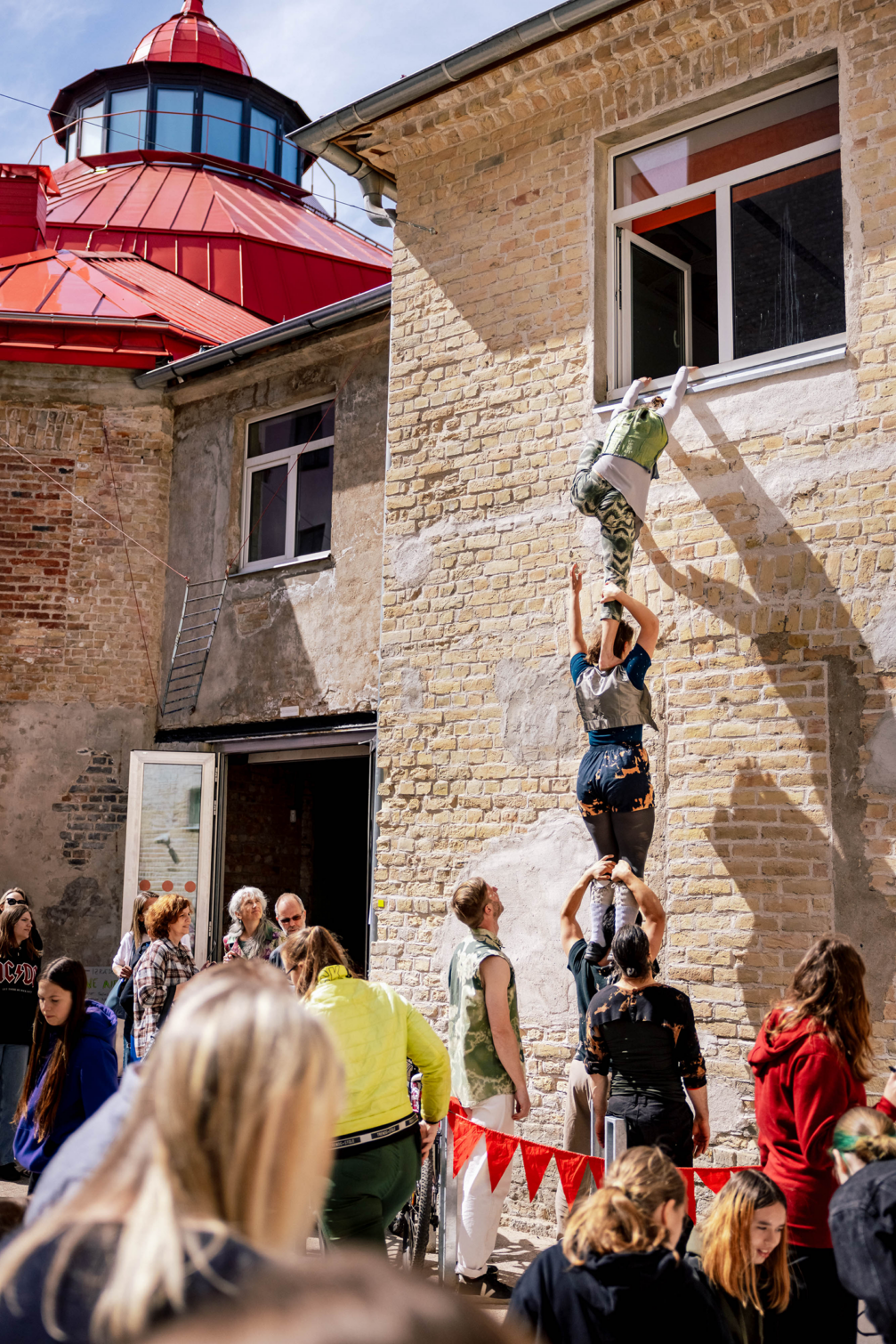
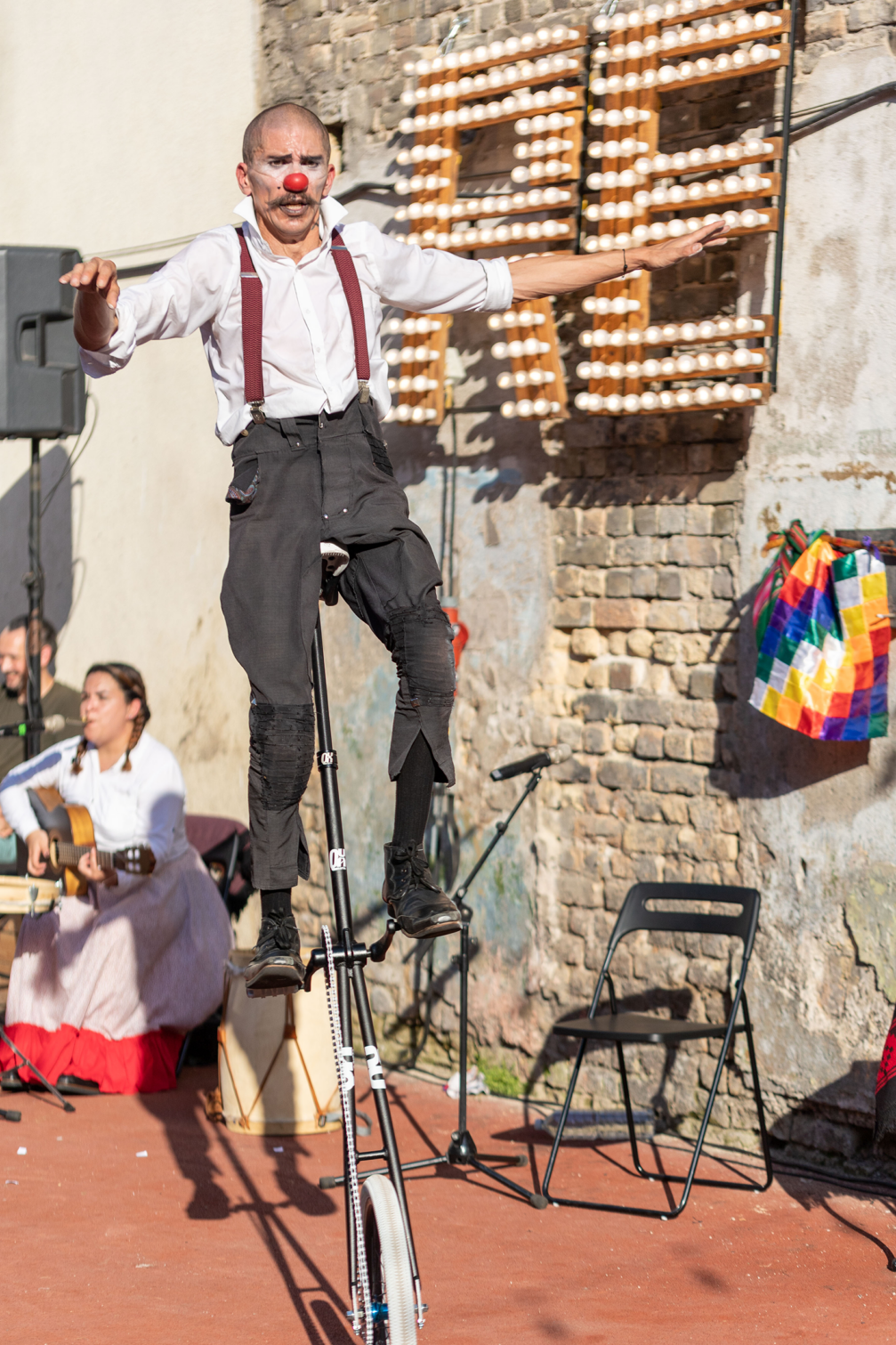
You are the CEO of the circus and the driver of change in circus culture. Do you also do any circus disciplines yourself?
I had promised myself that I would be a bad aerial acrobat by the time I was 30, but I have let myself down in that respect. I know basic juggling, I have tried aerial acrobatics and tightrope walking. If I had more time, I would definitely do more of it, because I love it. I can still do a cartwheel and a split, but my circus school pupils are definitely more advanced. However, these basic skills are useful for decision-making. For example, if I need to decide whether I need to buy a pair of shoes for tightrope walking. Once you’ve walked a tightrope barefoot, you realise that it’s not just a whim of the coach.
How did you get into circus production and management?
I got into the circus from the research side. At the age of 21, when I was studying at the Latvian Academy of Culture, I considered becoming a circus artist, but with my pragmatic approach, looking at the admission criteria of the schools I wanted to study at — at that time they accepted students up to the age of 23 — I realised that in two years I wouldn’t be able to prepare myself to reach the required physical level. I decided that I could also do circus shows as a producer. Later, I was going to do a PhD on the semiotic and sociological side of circus, but I realised that I could write a research paper, but it wouldn’t do much because not many people would read it. I was living in France at the time, and I wanted to move back to Latvia. I realised that if I wanted to live in Latvia, I needed a circus here, and I needed to build it myself. My first goal was the circus school. I said that I wouldn’t have children until I had a circus school where they could go. The universe heard me, and the circus school was born.
From my present point of view, my ambitious plan for a circus school and a circus in Riga could only have been pulled off by a 20-year-old who doesn’t really understand anything. After graduating from the Academy of Culture, I got a job in an IT firm and had to go to Brussels to sign a contract, but I decided to go to a contemporary circus festival for research, even though I had no money to see any of the performances. There, sitting in a café and meeting people, I decided to dedicate my life to the circus. I wrote a three-page letter to my parents to tell them that I would not sign a work contract, that I would move to France in a month, and that the two hundred euros I had at the time would be enough. I had a plan: I would pick grapes, I would do a circus internship during the day, and I would work in a bar at night. It could have ended up on the street, but I told everyone about my plan, and people helped. Hey, you can stay with us until you find a place. Hey, we have an affordable apartment. Tomorrow, you get the keys and start paying when you can. Incredible! That’s why I am convinced that you should tell others about your plans.
What is the next plan for you and Rīgas Cirks?
I think about the future plans of the circus in terms of a decade. I don’t know if I’ll be running Rīgas Cirks for that long, because I’m aware that you have to let the new generation come into any place. But I would like to finish the circus building, and I would like us to have a bachelor’s programme in circus arts. We have already started that. We have a cooperation agreement with the Latvian Academy of Culture, which states our willingness to develop such a programme and sets out a clear path. We plan to develop pedagogical education first, then college-level education, and then a bachelor’s degree programme. This can only be done if we complete the circus building and circus school premises.
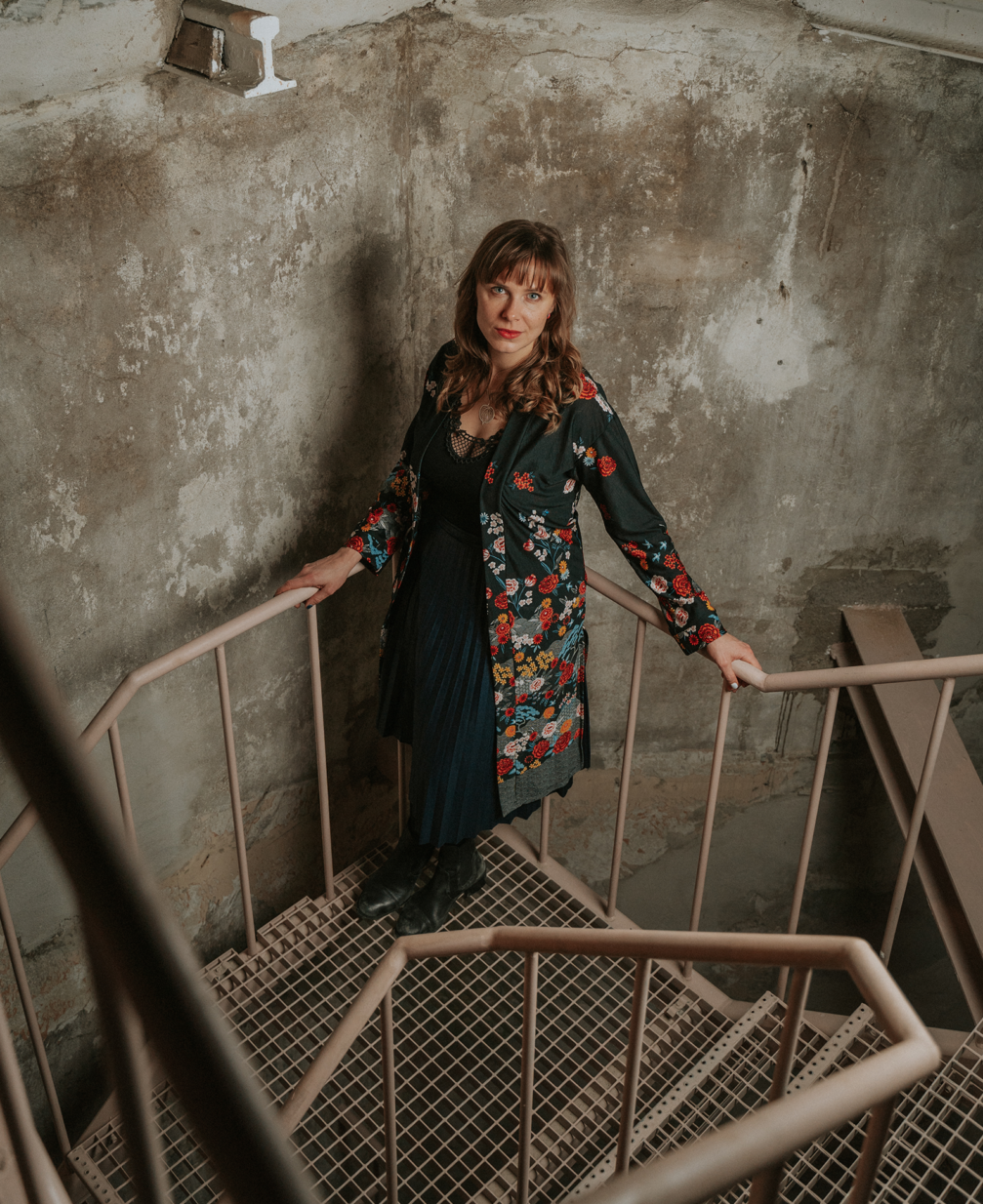
And what about more short-term plans? What’s in store for the opening of the circus arena?
The opening of the circus will be a whole festival. The grand opening of the arena will take place on March 21 with the La Band à Tyrex cycling ballet, an exceptionally heartfelt performance with live music. On March 23, the final event of the Italian circus artists’ residency will take place at the Āgenskalns Market, while on April 1, the circus will host Humans 2.0 by the Australian collective Circa.
Several professional events are planned, such as the Baltic–Nordic Circus Network meeting and an event where Baltic artists can pitch their performances to circuses from abroad. On March 22, we are also organising a conference on circus architecture. There will be a guest architect from France who designed the circus in Le Mans and a researcher from Belgium who documented the construction of the Lattitude 50 circus in Marchin, Belgium. NRJA will also be present. At the conference, we will discuss what it means to build a modern and sustainable circus building. After the public presentations, we will also discuss the project of Rīgas Cirks with the guest architects and analyse how to best move forward. The project is ready, but while we wait for the next construction phase to start, we need to develop it further so that we don’t end up with a new circus building that is already morally outdated.
Additionally, a collection of articles I compiled about the history of Rīgas Cirks, has just been published. It documents a chronology of the circus from 1888 to 1952, and the book also contains a lot of wonderful visual material. From March 12, the circus will host an exhibition of historical posters which will explore the history of the circus through different characters. In putting together the programme for the opening of the arena, it was important for us to contribute both to historical research and to the development of circus today while also thinking about the future.
For more information about the upcoming events, visit the website of Rīgas Cirks.
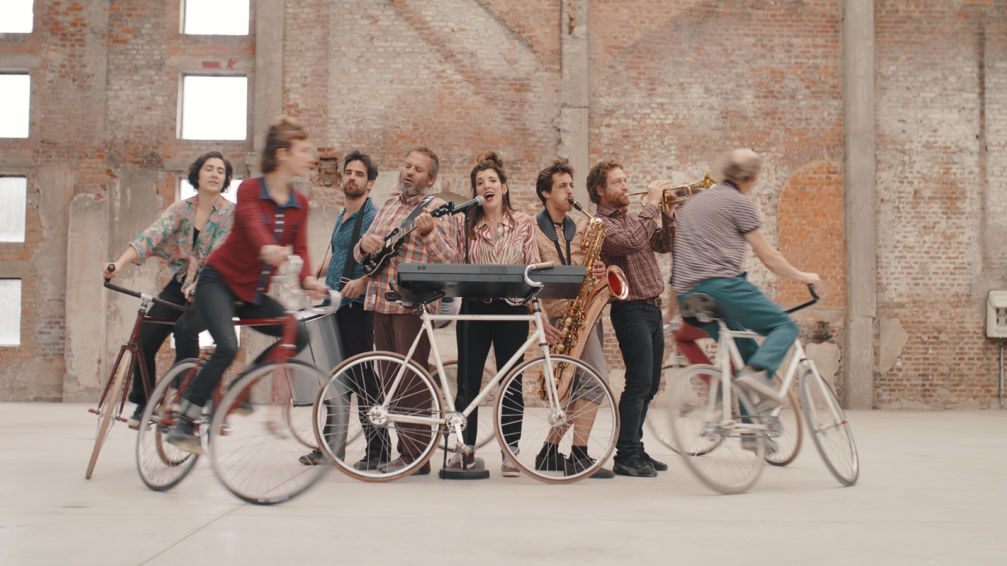
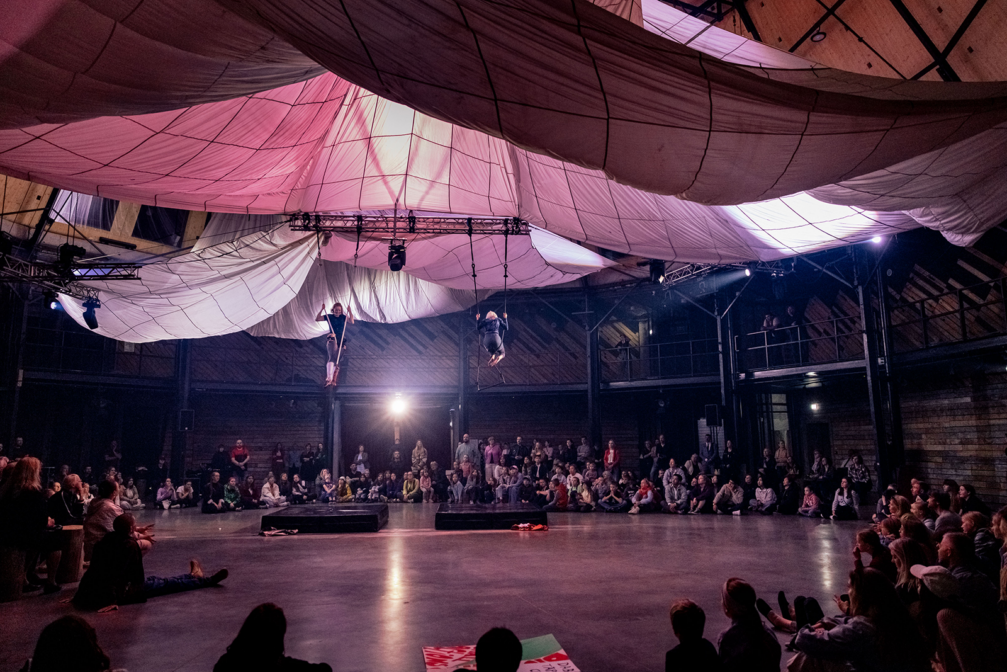
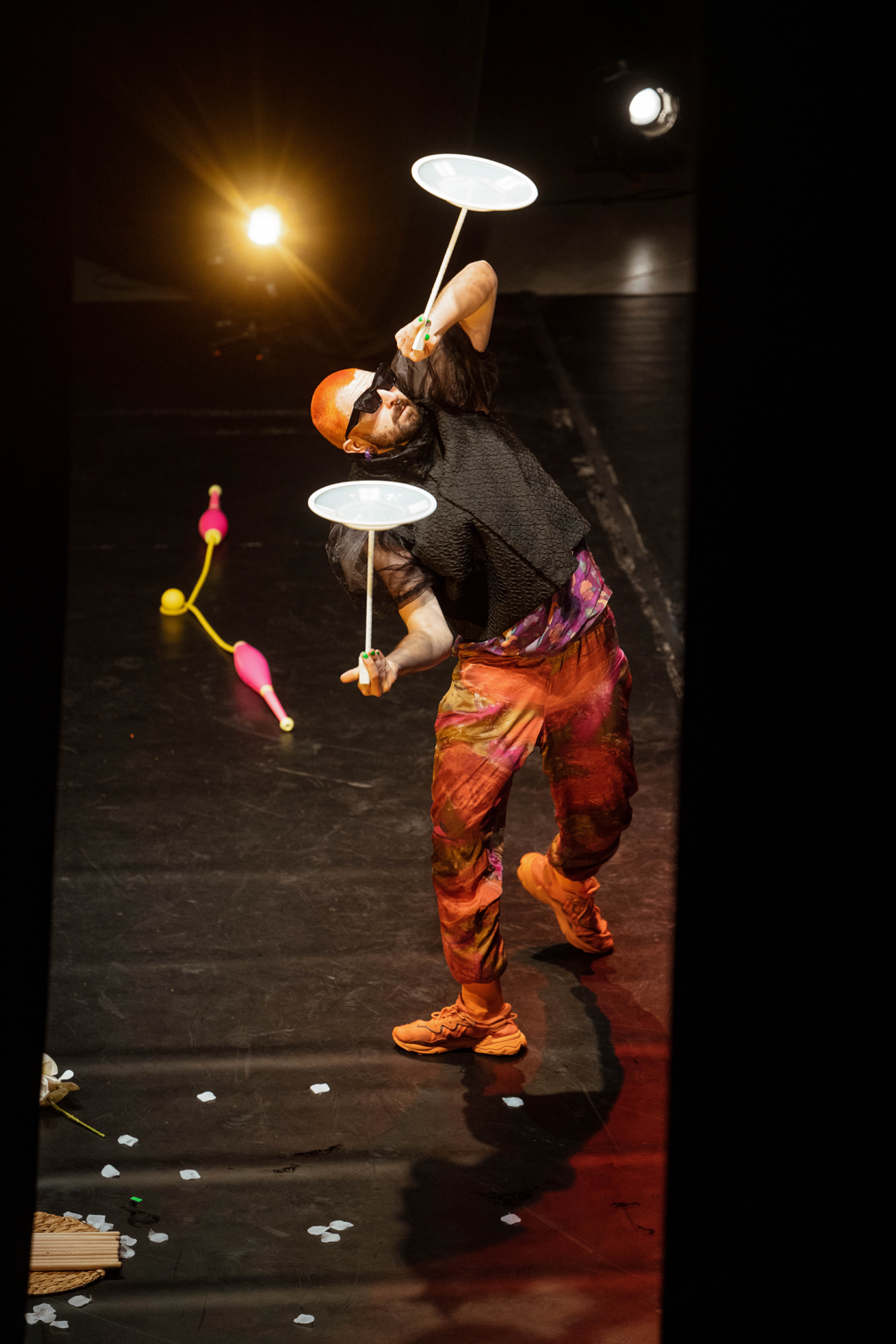
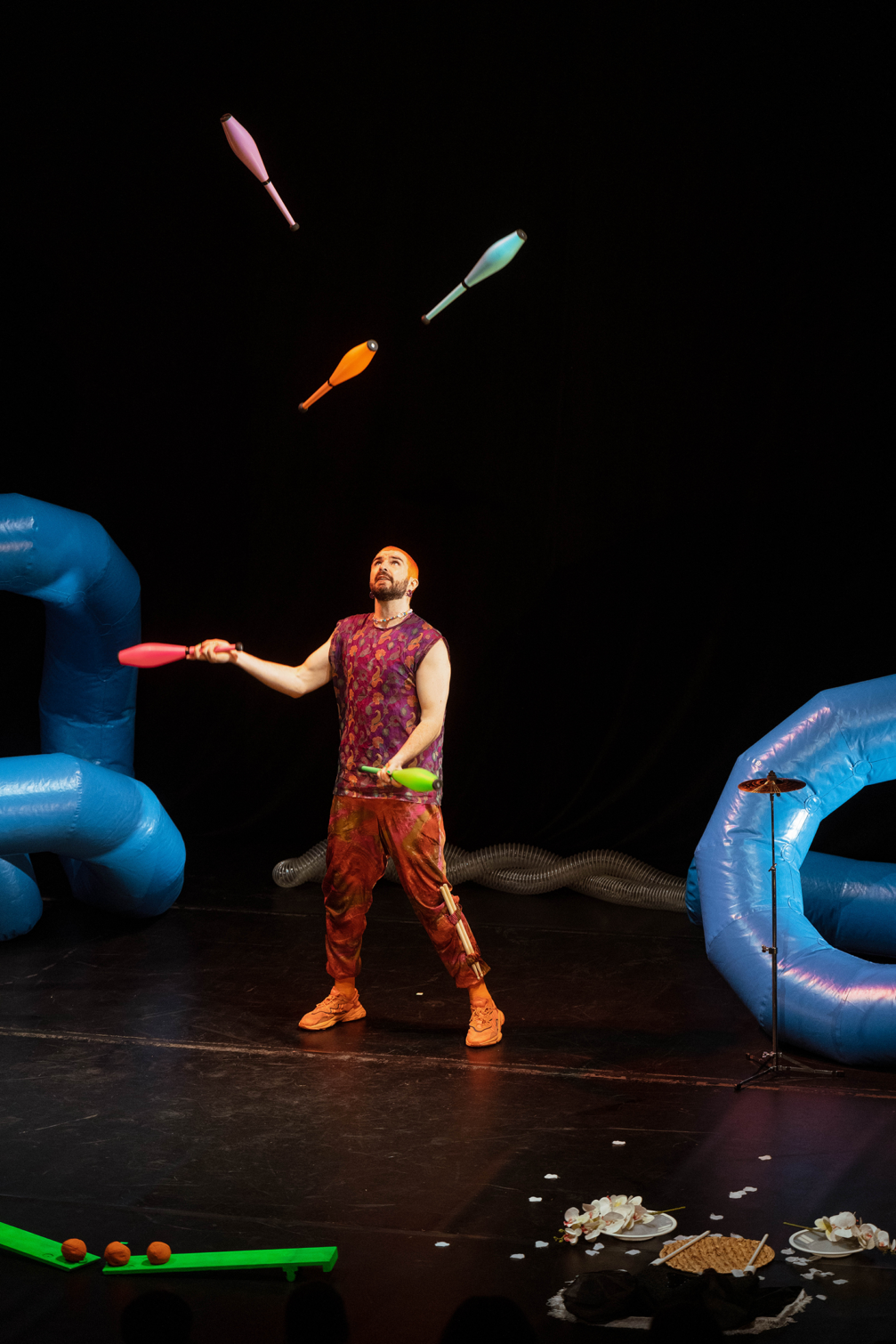
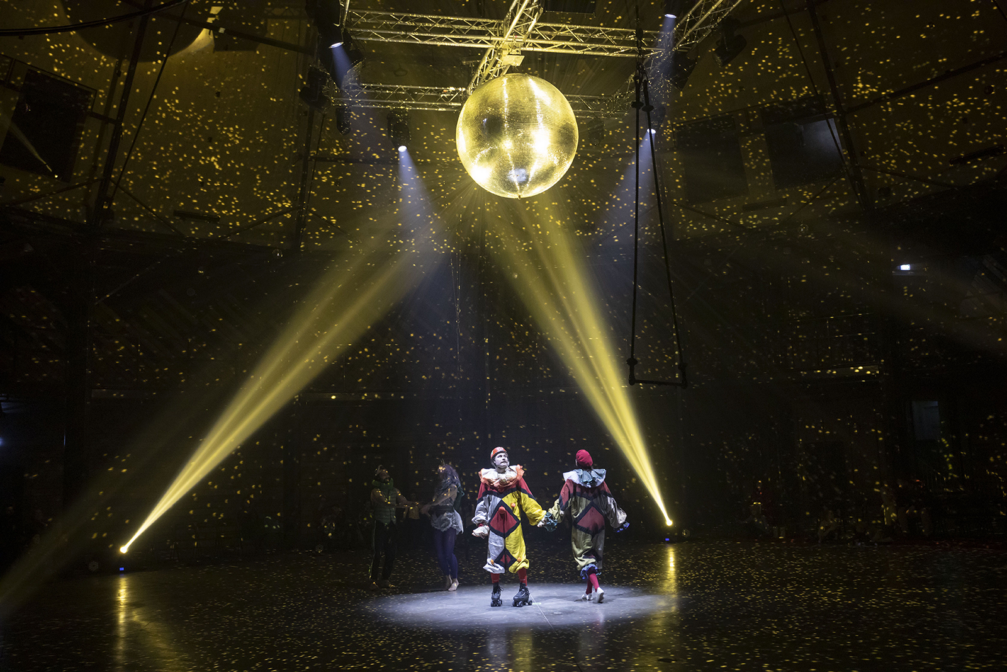

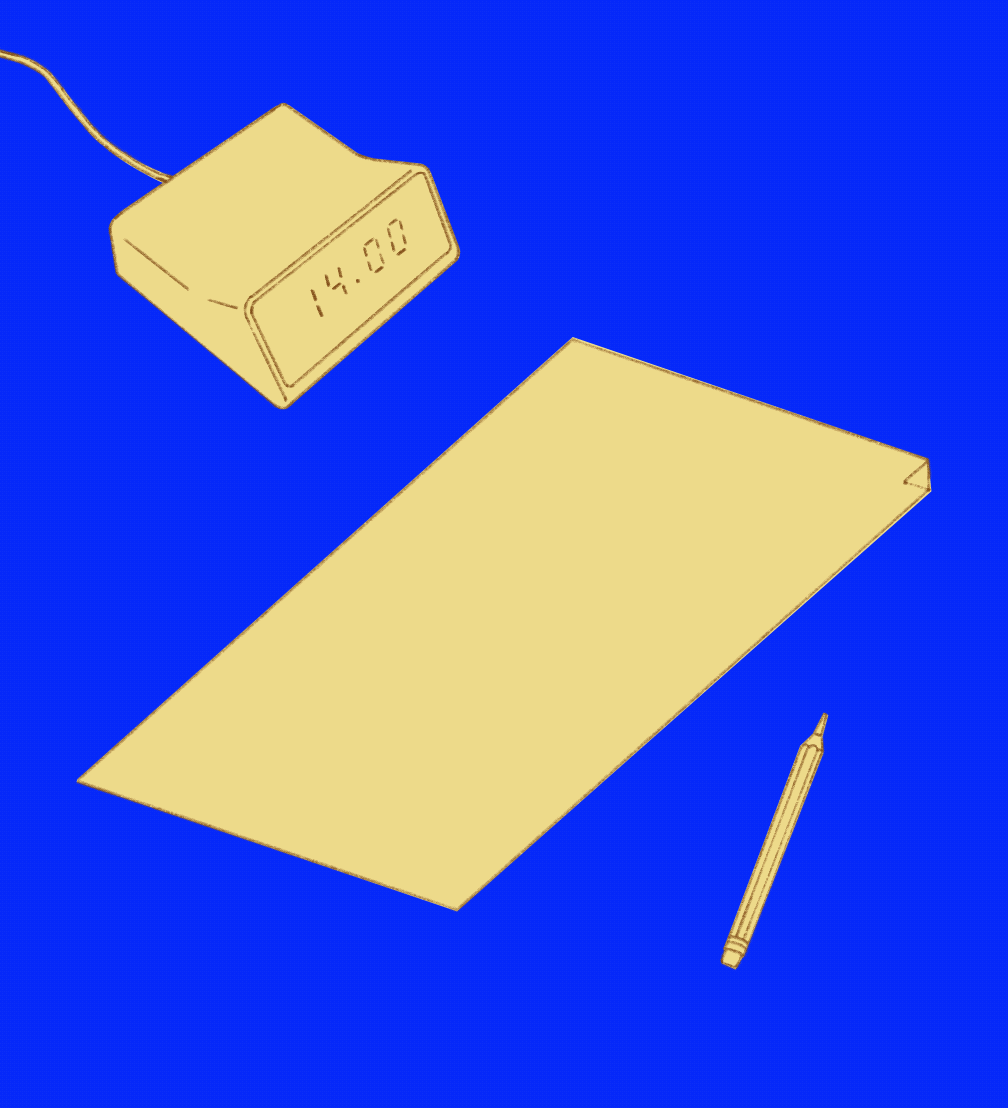
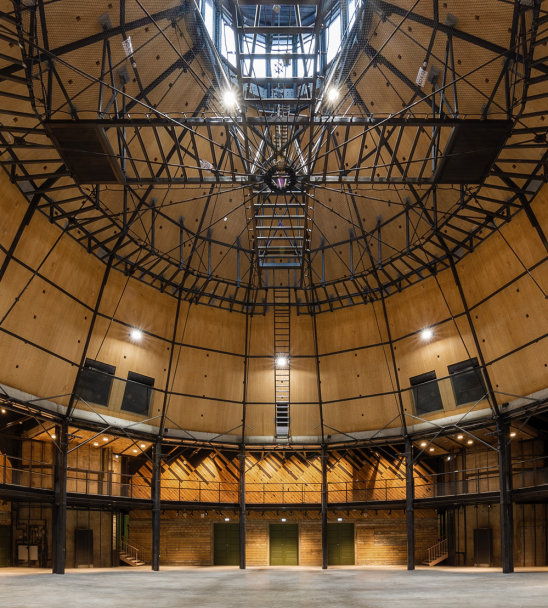
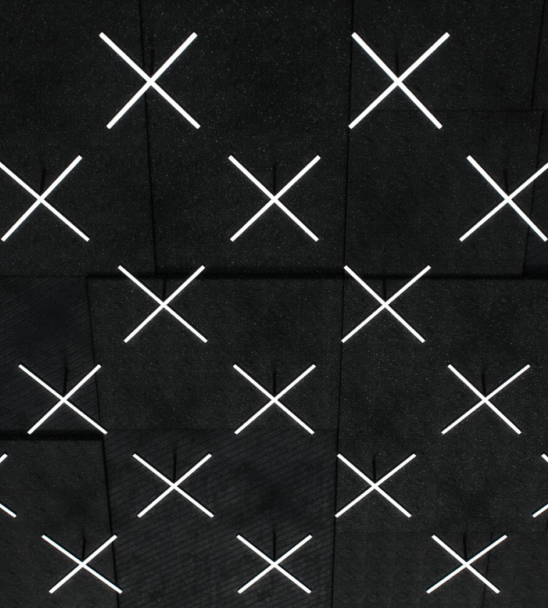
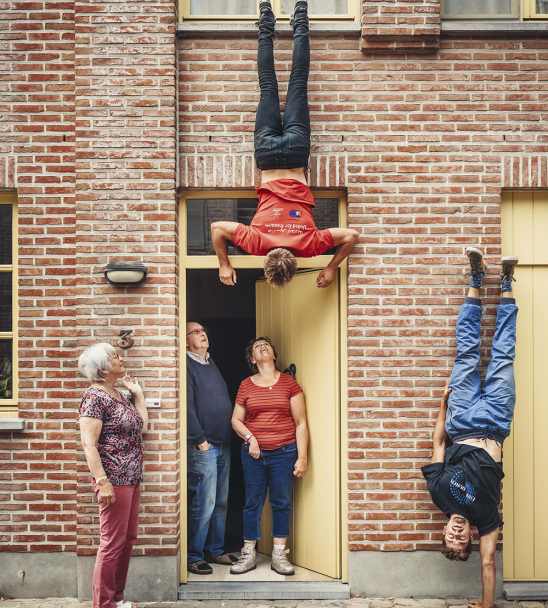
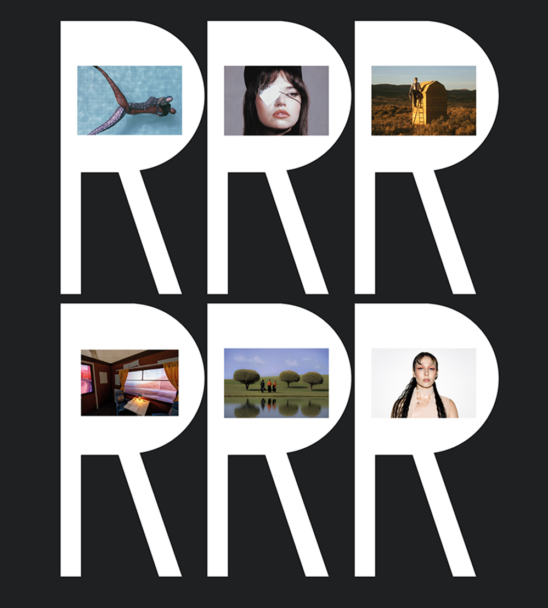
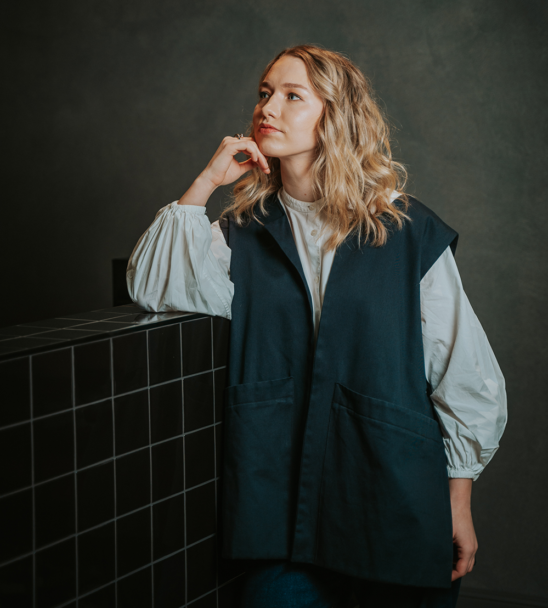
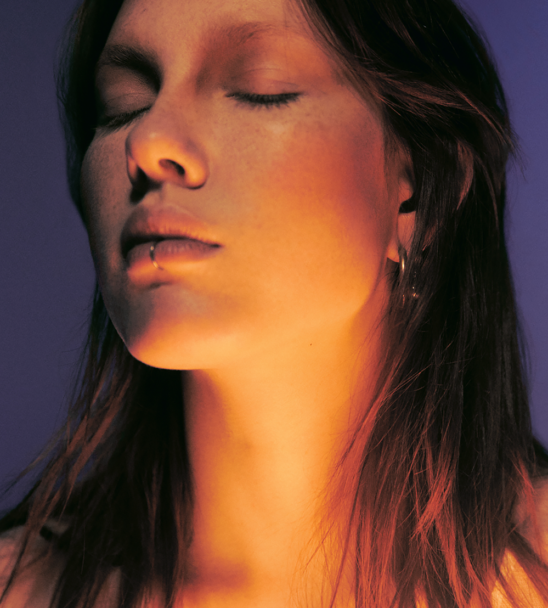
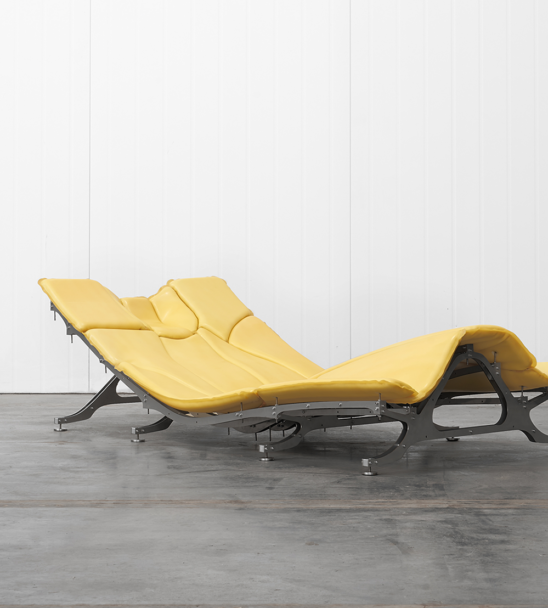
Viedokļi